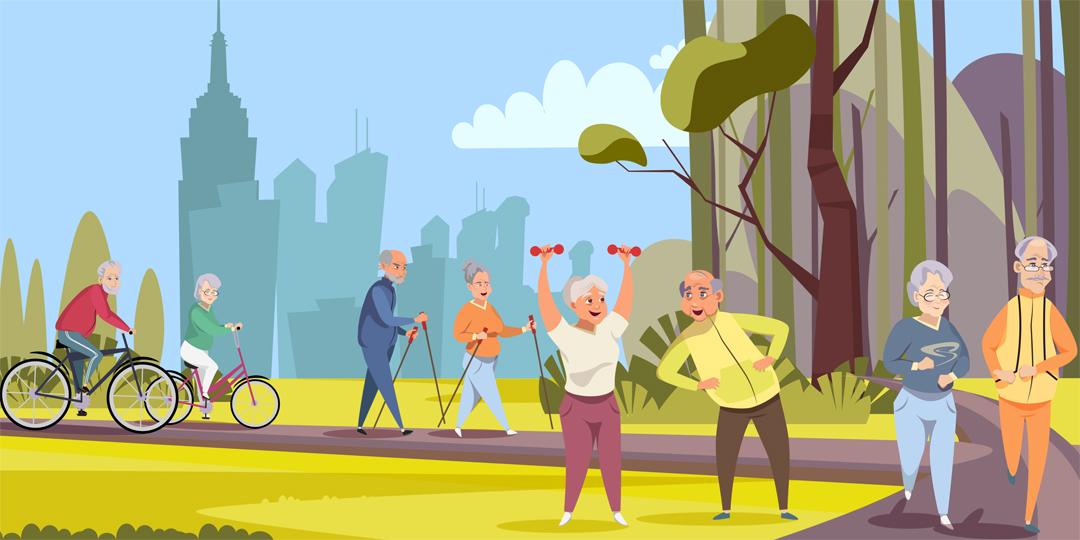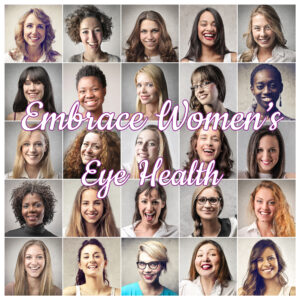 The past year has taken a toll on the physical and mental health of millions of people. While we were rightly focused on slowing the spread of the pandemic, widespread shutdowns brought about a more sedentary, inactive lifestyle, which has led to increased weight gain and worsened mental health for many. As we look ahead and as more people receive the vaccine, it is time to start reprioritizing physical activity and placing much needed attention on our health.
The past year has taken a toll on the physical and mental health of millions of people. While we were rightly focused on slowing the spread of the pandemic, widespread shutdowns brought about a more sedentary, inactive lifestyle, which has led to increased weight gain and worsened mental health for many. As we look ahead and as more people receive the vaccine, it is time to start reprioritizing physical activity and placing much needed attention on our health.
It’s no secret that exercise is the best way to get in shape and to prevent serious health conditions, especially after this pandemic. But did you know that you can actually exercise your way to healthy eyes too? By eating a healthy diet and exercising regularly, you can help prevent eye conditions linked to obesity and being out of shape.
Below are a few tips on how to get your fitness regimen back on track.
- Set Goals – The first step to getting back in shape is deciding what you want to achieve. Take a personal inventory and write a contract with yourself, put it someplace where you can see it every day.
- Start Small – Getting too ambitious when planning goals can set you up for failure. Instead, ease into the changes. A lot of people get discouraged because they try to change their whole routine immediately.
- Build Momentum – Mini daily victories create a sense of accomplishment. A few daily successes will create a snowball effect. Add more challenges, then a few more and that’s what will keep the momentum going.
- Enjoy Your Workout – The best way to stick with an exercise routine, is enjoying it. You’re more likely to stay on schedule and exercise more often if you enjoy what you are doing. Hiking, swimming, boxing, dance or yoga are great options—and create atmosphere that’s inviting.
- Stretching Matters – It preps your muscles for exercise and cools them down after, guarding against injury. Stretching also improves your posture.
- Invest In Equipment – You don’t need to spend a lot of money—a few weights are enough to deliver results. Even minimal equipment allows for more intense and effective workouts.
- Make it a Habit – Exercise should be part of your daily routine, it should be as normal as showering or brushing your teeth.
- Get A Workout Buddy – If you can’t recruit a family member or friend, join a Zoom class or an outdoor club.
Stay active, get plenty of exercise and keep a healthy diet. When you’re tempted to slack off, or quit exercising all together—give yourself a day off to relax. Just remember how terrific you’ll look and feel when you keep moving.
You’ll probably agree it’s worth working out a few minutes each day to reap the rewards of good health and great vision!
Click here for Eye Healthy Recipes.





 Thanksgiving is almost here; a meal that nourishes the family bonds and traditions. It’s the one time of the year where you can guarantee your eyes will be bigger than your stomach.
Thanksgiving is almost here; a meal that nourishes the family bonds and traditions. It’s the one time of the year where you can guarantee your eyes will be bigger than your stomach. 

 Tom Sullivan
Tom Sullivan